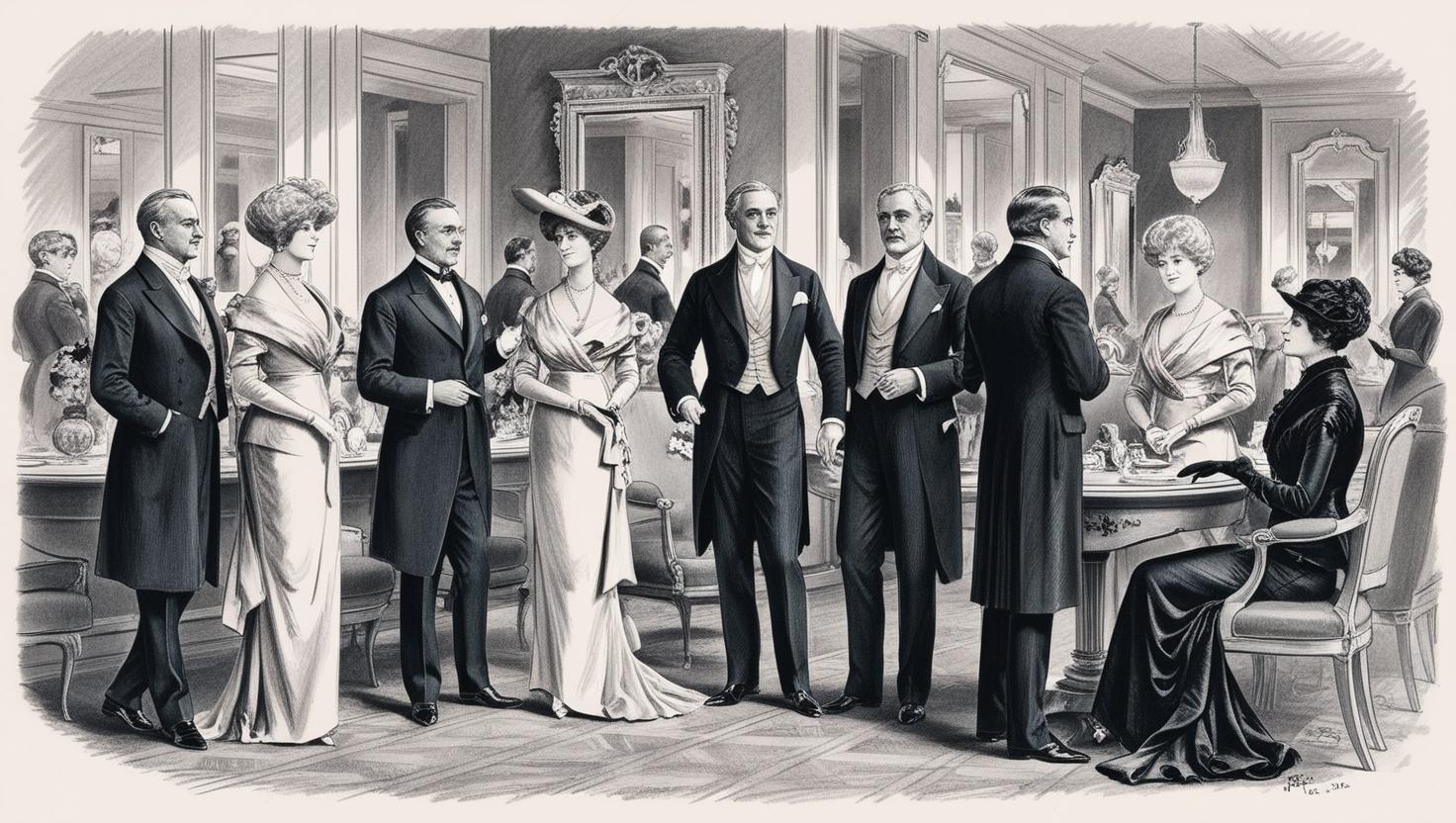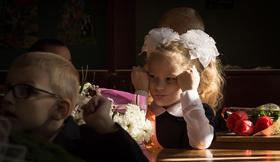Chances are that if you went off to boarding school for three or four years, May is a very special month. AP exams are over. IB work is complete. You probably have your college acceptances in hand. Finally, you can focus on graduation and leaving the school which has been your home away from home for these past several years.
You will most certainly receive graduation gifts to mark this very special occasion. With that in mind here are some suggestions which you might want to email to that favorite aunt or uncle. You know that mother and father will give you something special to commemorate your achievements. So I will leave the pens, watches, and pendants off this list. To make things even easier, copy and paste the suggestions below in an email to your favorite relatives and family friends.
A Tablet
There's a tablet for every budget. These lightweight, portable devices allow you to do just about anything your graduate needs to do. Watch movies? Listen to videos? Play a game? Shop? She can do all that and so much more. Best of all, she can store all of her sensitive files such as term papers, applications, etc., in the cloud. Tip: read the reviews of the models you are considering, unless, of course, your graduate has specified a particular brand and/or model.
This video offers a review of a poplar tablet.
A





















